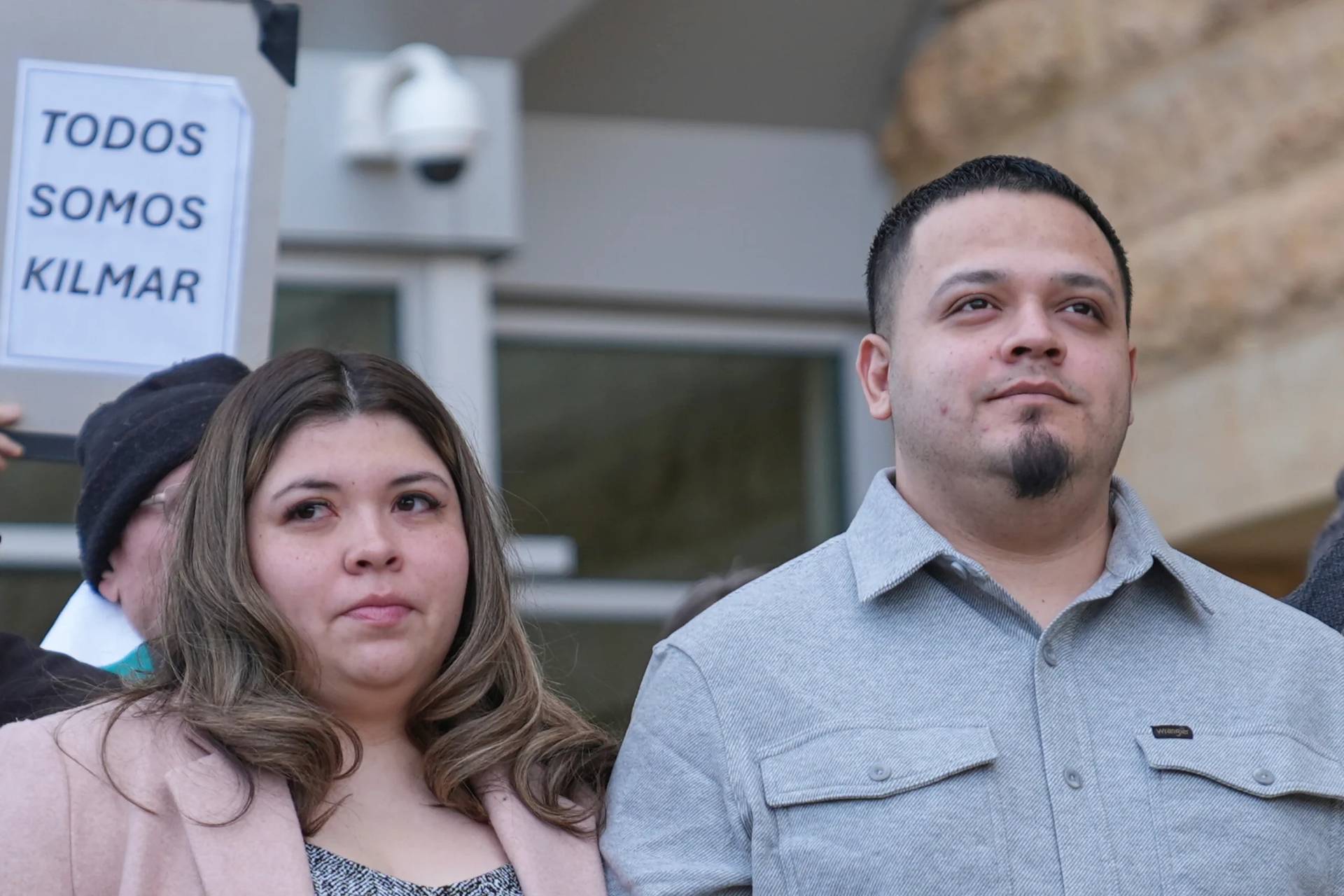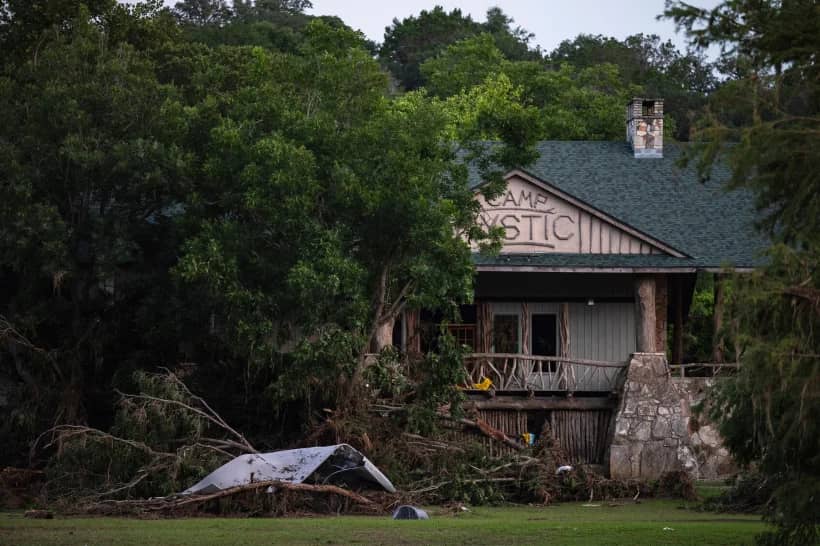After the funeral of William Cardinal Keeler at Baltimore’s Cathedral of Mary Our Queen on Tuesday, he was not buried there alongside his immediate predecessors.
Instead he was taken to the original Baltimore cathedral, officially known as the Basilica of the National Shrine of the Assumption of the Blessed Virgin Mary. The late cardinal will be interred there, in the crypt where the last Baltimore archbishop to have jurisdiction over Washington, DC, Archbishop Michael Curley, is buried.
Therein lies a story about the late Cardinal Keeler and the history of Church and state that has relevance far beyond the United States.
Long and varied was the ministry of Keeler, but the restoration of the “old cathedral” was among his proudest achievements. In time for its bicentennial in 2006, the basilica was completely restored to the original vision of the architect of the Capitol, Benjamin Latrobe and America’s first bishop, John Carroll.
At a cost of more than $30 million, the project was not without controversy, but Keeler was dogged in seeing it through. He considered the archbishop of Baltimore, America’s first see, to be a custodian of America’s Catholic history, and no church is more historic than the basilica: The nation’s first cathedral and site of the plenary councils that gave rise to the Baltimore Catechism, one of the most successful catechetical tools ever developed.
Baltimore is thus the capital of American Catholicism and, while never bestowing upon it the “primacy”, the Vatican did recognize that it had “prerogative of place”, which is rather the same thing as a “primatial see”, which remains a matter of honor, not jurisdiction. Keeler was determined that on his watch, the mother church of the primatial see would be returned to its original splendour. It was.
In 2008, just days before the visit of Pope Benedict XVI to the United States, I was in Baltimore and took advantage of the opportunity to visit the basilica. When we entered, there was an elderly priest offering Mass privately at the main altar. Otherwise the basilica was empty and we made our way around quietly, trying not to be a disturbance.
After he finished, we went closer to the sanctuary and discovered that the priest was in fact Keeler, now retired. We greeted him and he immediately asked his priest secretary, the ever-faithful Msgr. Robert Jaskot, to get us some commemorative books on the basilica’s restoration.
“You should write about this!” he told me.
“Eminence, the restoration was completed two years ago, and the papal visit is almost upon us, so I don’t think it’s time for a story on this basilica, as marvelous as it is,” I explained.
“It’s important for our history, this is our history,” he said.
“It is,” I admitted. “But why then is Pope Benedict meeting with the bishops of the United States in the crypt church of the Shrine of the Immaculate Conception in Washington, rather than here, where the American bishops first began to meet? Should he meet them here, and see the restoration for himself?”
I had evidently touched a bit of a sore point for Keeler.
“Well, the Holy Father should come here to meet the bishops,” Keeler replied. And then he added, with a laugh: “But if he doesn’t come it’s his loss!”
“Now I have a story,” I replied. “Cardinal Keeler says not visiting the basilica is Holy Father’s loss!”
“You can’t write that!” he protested, insisting about three or four times on the point, even after I assured him I was being playful. Nine years later, I think it safe to tell the story, as it showed both Keeler’s love for the church he restored and his sense of history.
In 2001, Keeler suggested the principal annual meeting of the American bishops, the fall plenary of the USCCB, should be moved from Washington, where the conference headquarters are, to Baltimore.
Originally proposed as a one-off, the fall plenary has remained in Baltimore and the bishops gather in the old cathedral for the opening Mass. No doubt next November they will also visit Keeler’s remains in the crypt.
Dioceses are drawn up with political and civic realities in mind. Rarely do dioceses cross state lines, for example, and metropolitan provinces also follow internal borders. Yet the relationship of Baltimore and Washington reflects a way of thinking rather more worldly than ecclesiastical.
Washington, DC was part of the Archdiocese of Baltimore from the American founding onwards. Neither by territory – which is tiny – nor population would Washington, DC merit being its own diocese. As the Great War and the New Deal grew the American size of government though, the Church thought that it had better get in on the expansion of the state.
The Archdiocese of Washington was established in 1939 as a separate archdiocese, but with the same archbishop as Baltimore, Michael Curley. In 1947, it received its own archbishop and various counties of Maryland were added to its territory to make it viable. Later it acquired a suffragan see, St. Thomas in the U.S. Virgin Islands.
Its rather unusual history and territory exists only to create an archdiocese that corresponds to the political seat of the United States.
After the retirement of Keeler in 2007, the archbishop of Baltimore, traditionally a cardinal, has not received the red hat. It has remained in Washington, signalling not so subtly that political power is valued more than ecclesial heritage.
It’s an understandable position. The modern state touches every aspect of life, and so to be engaged with the chancelleries of the bureaucratic state – whether to get millions for Catholic Relief Services or to advocate for humane immigration reform – seems necessary.
There is a risk though. Will the Church be reduced to just another non-governmental organization doing good works, a situation that Pope Francis has warned about since his first day as pope?
America had a good solution in the old Baltimore archdiocese. Baltimore was close enough to Washington that the Church could be present in political matters rather easily. At the same time it wasn’t immersed in the Washington culture, home to every conceivable industry association, activist group, campaign consultant and lobbying firm, all competing in the insalubrious craft of influence-peddling. The Church always needs to keep its distance from the seat of power; even geographically if possible.
The Archdiocese of Washington apparently exists for the purpose of having a cardinal in the nation’s capital. There are good reasons for that, but the reasons are more secular than sacred, more government than gospel, more power than piety.
Father Michael White, Keeler’s first priest-secretary in the historic see, relates that St. John Paul used to simply call him “Baltimore.” It’s a name that Keeler was proud to bear, hearkening back to the founding families of Maryland, who shaped a colony of religious toleration that was hospitable to Catholics.
That proud heritage is relevant today. Indeed, perhaps it is in need of a bit of refurbishing like the old cathedral where Cardinal Keeler will lie.















